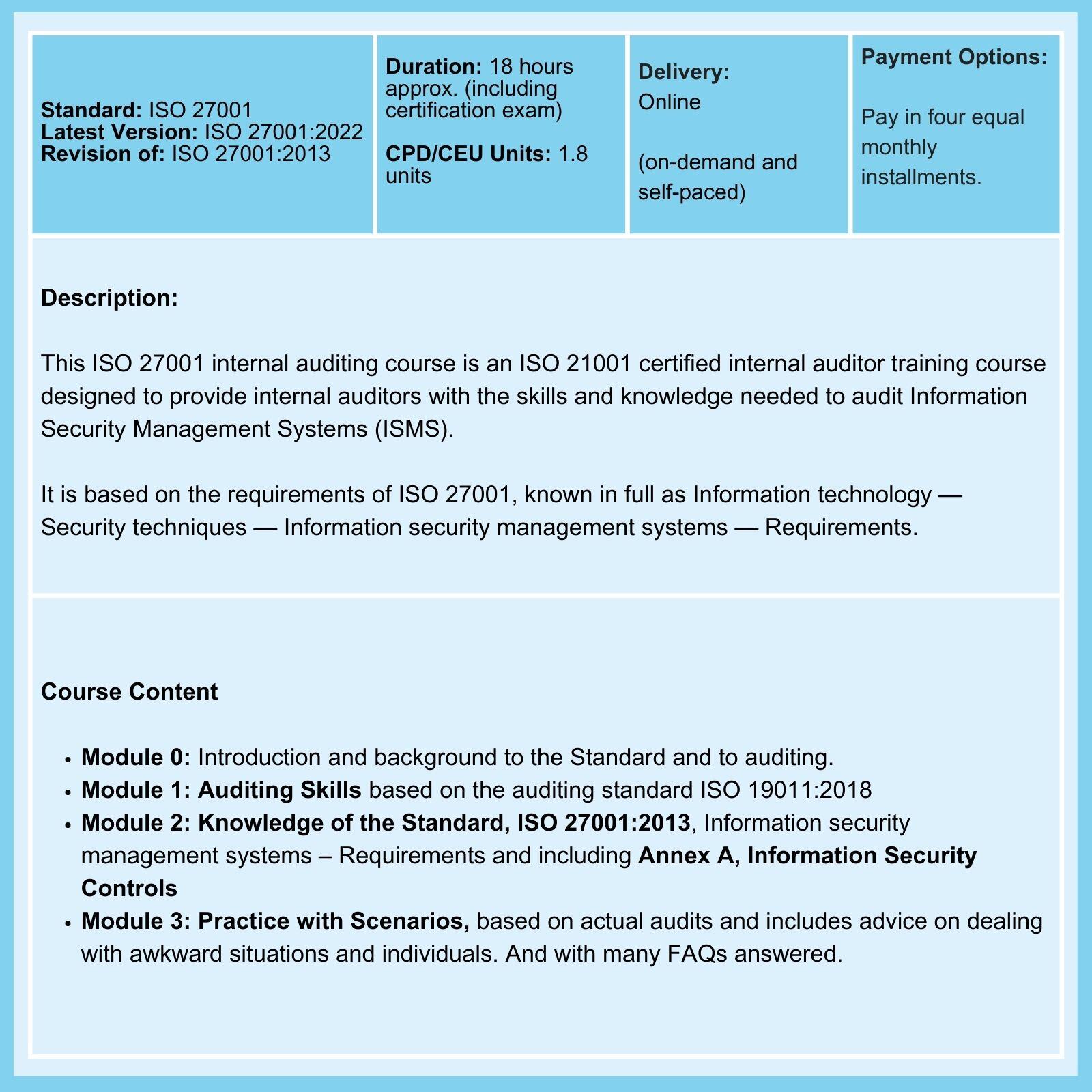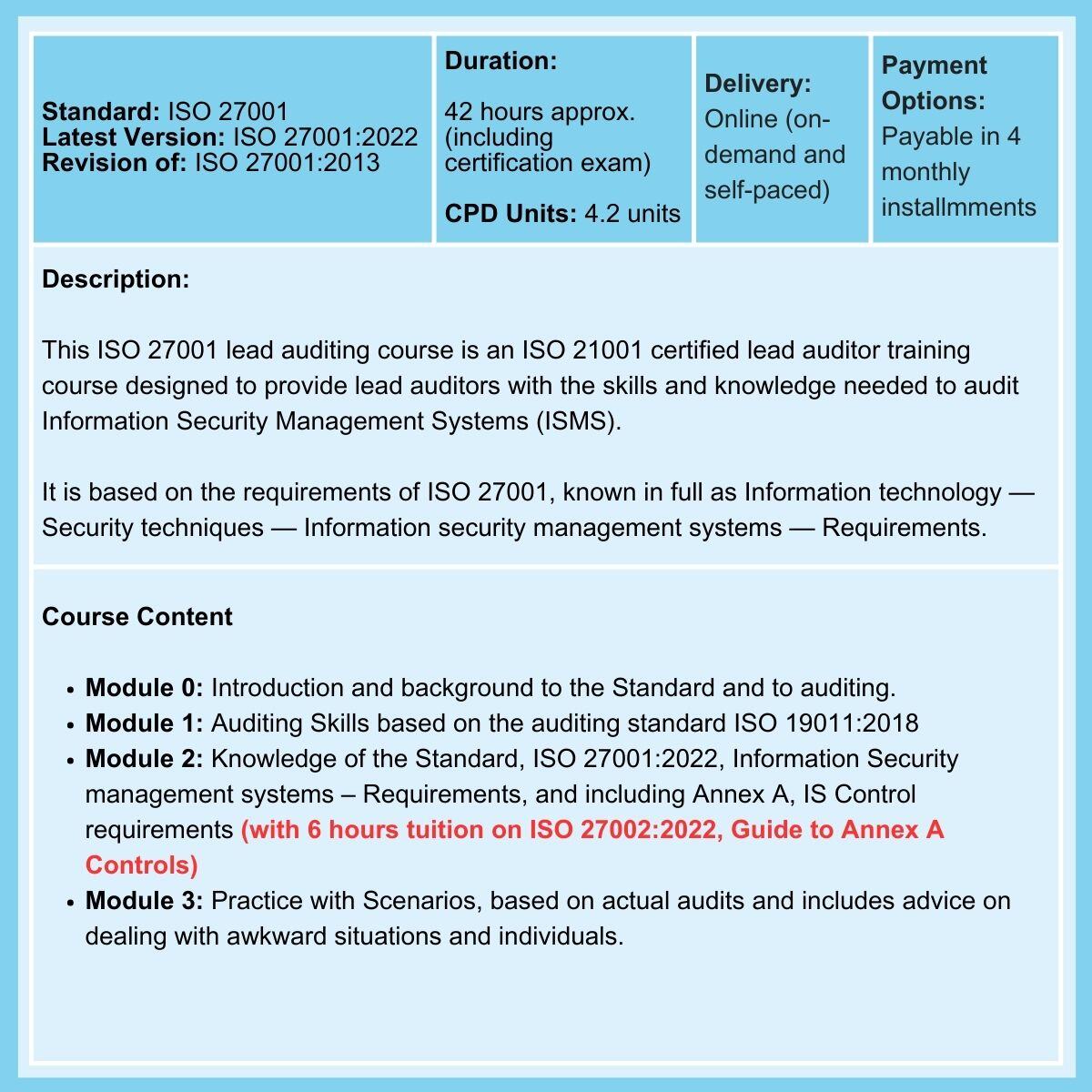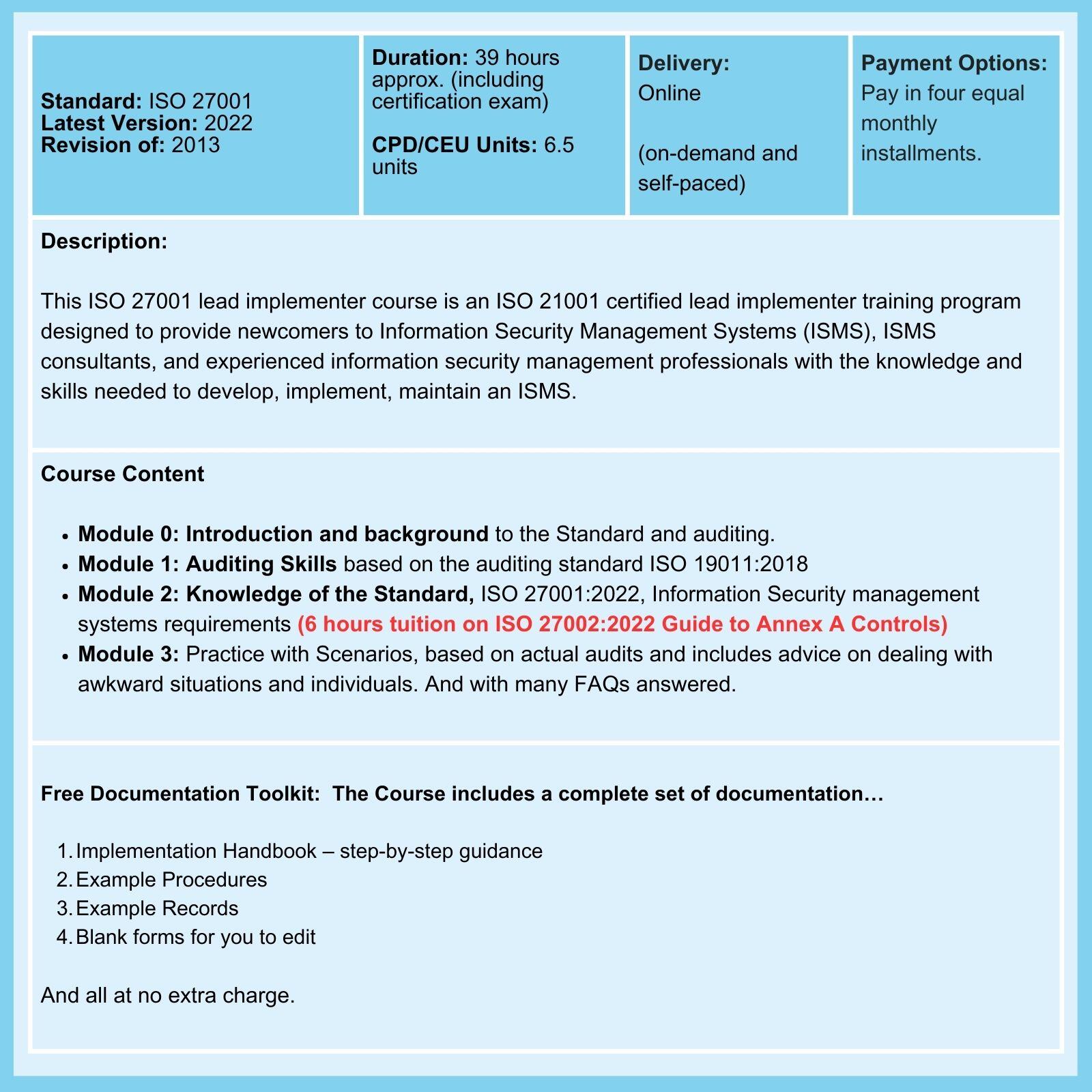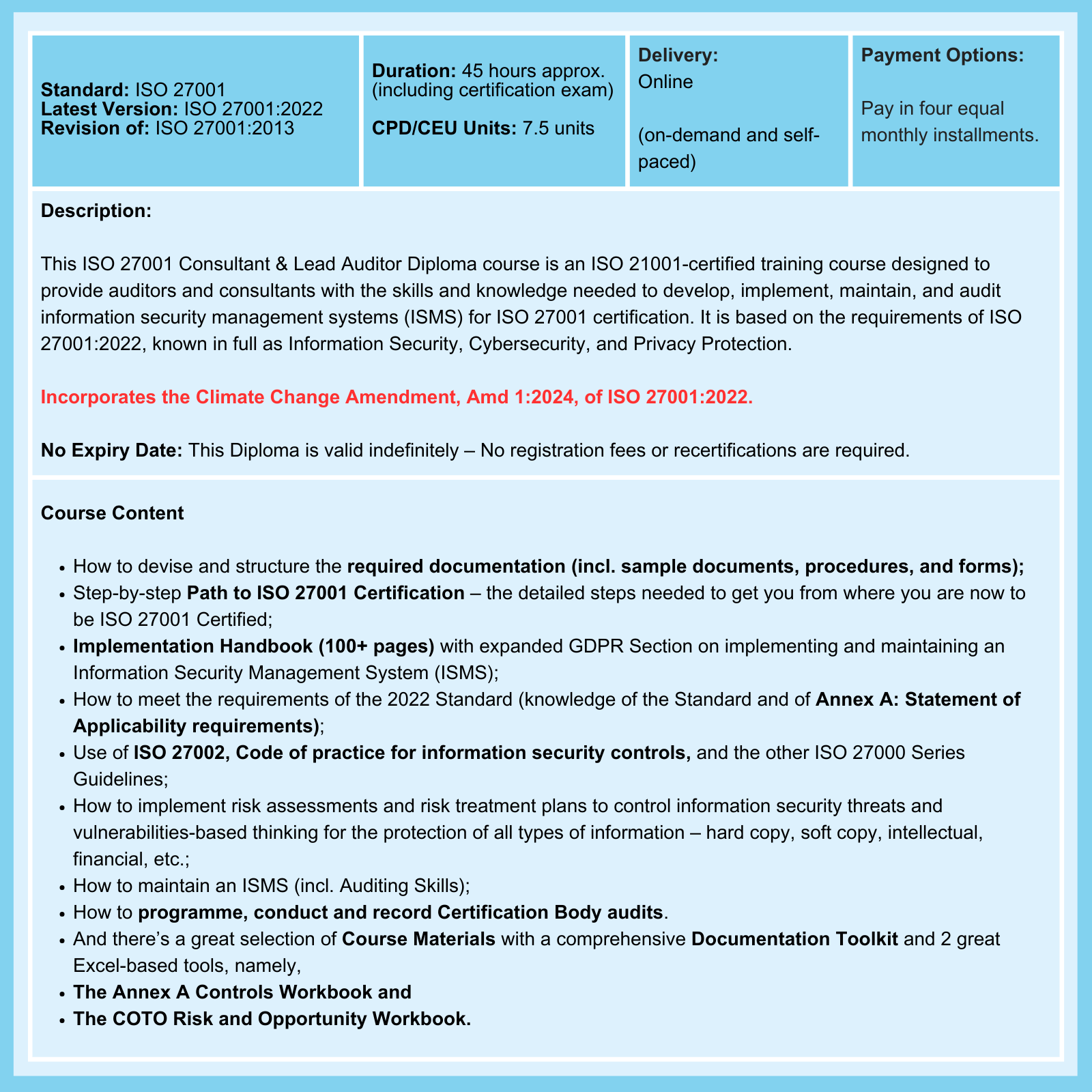
Securing certification to this Information Security standard requires a collective effort.
Implementing ISO 27001, the international standard for Information Security Management Systems (ISMS), can be complex, and several common errors may need to be corrected during the implementation process.
Frequently Encountered Errors when Implementing ISO 27001
Lack of top management support
One of the most significant errors is the need for more commitment and support from top management. Solid leadership involvement makes allocating necessary resources and prioritizing information security within the organization easier.
Insufficient risk assessment
Organizations may fail to conduct a comprehensive and accurate risk assessment. This includes failure to identify and assess risks to the confidentiality, integrity, and availability of information assets. Without a robust risk assessment, establishing appropriate controls and prioritizing security measures effectively isn't easy.
Risk assessment must demonstrate that a serious attempt has been made to identify all the significant information security vulnerabilities and threats of the organization.
Another failure is not keeping the risk assessment up-to-date in light of IS incidents and the changing context in which the organization operates.
Misunderstanding the Nature of Annex A
Annex A is mandatory. That means that if any of the Controls in the Annex can be implemented, they must be implemented. And where the Annex calls for policies and procedures, they must be available as documented evidence.
The Controls of Annex A must be integrated into your Risk Assessment. The Annex should be used to verify the risk assessment and ensure that all commonly occurring vulnerabilities and threats to information security have been addressed.
Inadequate documentation
The ISO 27001 standard, particularly Annex A, requires the development of various documents, including policies, procedures, guidelines, and records, to support the implementation of the standard. Many organizations make the mistake of producing excessive or insufficient documentation. Finding the right balance is crucial to ensure the necessary controls are in place while avoiding unnecessary bureaucracy.
Poor communication and poor maintenance of awareness
Failure to effectively communicate information security policies, procedures, and responsibilities to all employees can undermine the success of implementing ISO 27001. Lack of awareness and understanding among employees can lead to non-compliance and increase the risk of security incidents.
Inadequate training and competence
Organizations may overlook the importance of training employees in information security practices and providing them with the necessary skills and knowledge to perform their roles securely. Lack of competence can result in improper handling of sensitive Formal information or failure to follow security protocols. ISO 27001 training is essential for those who will be undertaking internal audits of the ISMS.
Evidence of training, such as phishing training, on its own does not meet the requirements. Evidence of competence is needed, such as a record of the evaluation of the effectiveness of the training (tests, periodic performance evaluations, etc.)
Incomplete asset inventory
A common mistake is not having a comprehensive inventory of information assets. Organizations may overlook certain assets (especially physical ones, e.g., a perimeter fence) or need to update the inventory of assets regularly, which can lead to incomplete risk assessments and insufficient protection of critical assets.
Overreliance on technology
While technology plays a vital role in information security, relying solely on technological controls without considering human factors and organizational processes is a common mistake. Effective security requires a combination of technical, procedural, and human controls. The root cause of most security breaches is not technical failure but human error. Guarding against phishing attacks is essential.
Non-compliance with legal and regulatory requirements
Organizations may neglect to align their information security practices with applicable laws and regulations (e.g., GDPR, HIPAA, etc.). Compliance with legal requirements, such as data protection laws, industry-specific regulations, and contractual obligations, is a crucial aspect of implementing ISO 27001.
Lack of continuous monitoring and improvement
ISO 27001 is a framework that emphasizes continual improvement of the information security management system. Organizations often make the mistake of considering implementation a one-time project, failing to establish ongoing monitoring, review, and improvement processes.
To avoid these errors
Organizations should invest in proper planning, engage all relevant stakeholders, conduct thorough risk assessments, communicate effectively, and ensure ongoing monitoring and improvement of the ISMS. Seeking expert guidance or partnering with experienced consultants can also help successfully implement ISO 27001.
ISO 27001 Lead Implementer training for prospective consultants and for those responsible within an organization for IS Management should also be considered.
Related Courses
Written by Dr John FitzGerald
Related Articles…
Explainer Video: Click on the image above for a short video that gives an overview of the Courses that we provide. deGRANDSON Global is an ISO Certified Educational Organization In October 2021, we secured certification to three education-related ISO Standards. We now have a university-grade management system in place conforming to the ... Continue reading
ISO 27001 offers a comprehensive framework that can incorporate all information security regulations and schemes - GDPR, HIPAA, SOC 2, CCPA, etc. Information security/cybersecurity has become crucial to any organization's functioning in today's digital age. With the increasing amount of data and sensitive information being stored and ... Continue reading





